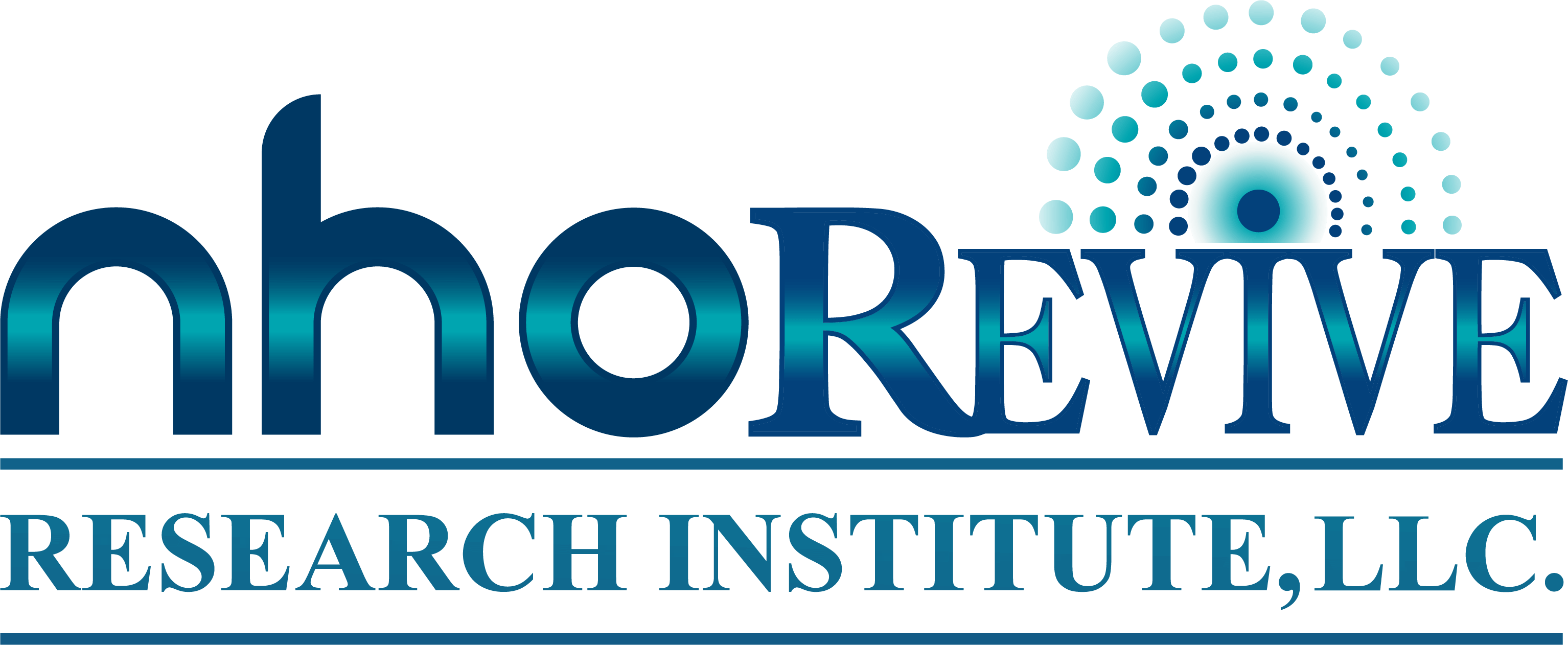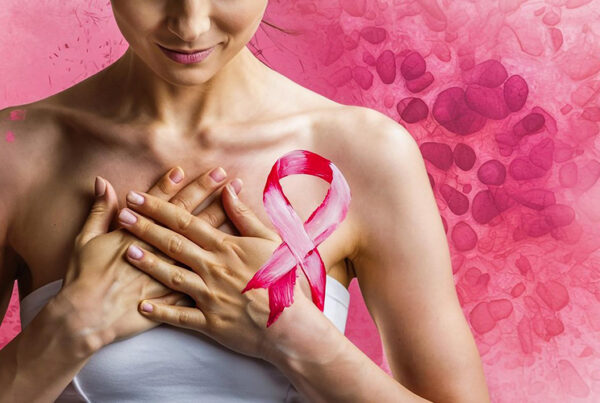
Breast cancer starts when cells in the breast tissue begin to grow uncontrollably. These cells can form a lump or spread to nearby areas. While it mostly affects women, men can also develop breast cancer because everyone has some breast tissue.
In the United States, breast cancer is the second most common cancer in women, after skin cancer. It affects about 1 in 8 women during their lifetime. Each year, doctors report nearly 300,000 new cases of breast cancer. While men account for less than 1% of cases, they can still be diagnosed with the disease.
White women are more likely to get breast cancer than women of other races. About two-thirds of cases occur in women aged 55 and older, with most others between 35 and 54.
Breast cancer is also the second leading cause of cancer deaths in women, after lung cancer. It causes over 40,000 deaths in the U.S. every year, which is about 7% of all cancer-related deaths.
However, survival rates for breast cancer have significantly improved over the years. Advanced screening methods, early detection, and innovative treatments have greatly enhanced the effectiveness of care. Additionally, growing awareness and ongoing research efforts continue to drive better outcomes and save more lives each year.
Types of Breast Cancer
Types of Breast Cancer come with different characteristics, growth patterns, and treatment approaches, making it important to understand each one individually.
Ductal Carcinoma In Situ (DCIS)
Ductal Carcinoma in Situ (DCIS) is a non-invasive cancer where abnormal cells are found in the lining of a breast duct. These cells haven’t spread beyond the duct.
Invasive Ductal Carcinoma (IDC)
Invasive Ductal Carcinoma begins in the milk ducts and spreads to nearby breast tissue. It is the most common type of breast cancer.
Invasive Lobular Carcinoma (ILC)
Invasive Lobular Carcinoma (ILC) starts in the milk-producing lobules and spreads to the surrounding tissue. It tends to be harder to detect than IDC.
Triple-Negative Breast Cancer
Triple Negative Breast Cancer is an aggressive cancer that lacks estrogen, progesterone, and HER2 receptors. It grows quickly and is more common in younger women.
HER2-Positive Breast Cancer
HER2-Positive Breast Cancer has too much of a protein called HER2, which causes cells to grow rapidly. Targeted therapies can treat it effectively.
Inflammatory Breast Cancer
Inflammatory Breast Cancer is a rare and fast-growing cancer that blocks lymph vessels in the skin. It causes swelling, redness, and a thickened appearance of the breast.
Less Common and Rare Types of Breast Cancer
Secondary Breast Cancer:
Secondary breast cancer spreads from the original site to other parts of the body, such as the bones, lungs, or brain.
Phyllodes Tumor of the Breast:
Phyllodes tumor is a rare form of breast cancer that develops in the connective tissue and can be benign or malignant.
Metaplastic Breast Cancer:
Metaplastic breast cancer is an uncommon and aggressive cancer that contains a mixture of cell types.
Fungating Breast Cancer:
Fungating breast cancer is an advanced stage where the cancer breaks through the skin, forming open wounds on the breast.
Mucinous Carcinoma:
Mucinous carcinoma is a rare type of breast cancer where tumors contain mucus-producing cancer cells.
Breast Cancer Symptoms
A small lump under the breast is often the first sign of breast cancer. You might not feel it yourself, but a mammogram can help your doctor find it early. Sometimes, there are no signs in the beginning.
Here are some common symptoms to watch for:
- A lump or thick spot in your breast or underarm that doesn’t go away
- A hard lump that may feel as small as a pea
- Changes in the size or shape of your breast
- Discharge from your nipple that may be clear or bloody
- Skin changes on your breast or nipple, like dimples, flakes, or swelling
- Red or irritated skin on your breast or nipple
- Nipple changes, such as pulling in or shifting position
- A spot that feels different from the rest of your breast
- A firm, marble-like area just under the skin
If you notice any of these signs, talk to a doctor as soon as possible. Early detection makes treatment more effective.
Causes and Risk Factors of Breast Cancer
Several things can raise your chances of getting breast cancer. Some are out of your control, while others are linked to your lifestyle.
1. Genetic Factors
Is Breast Cancer Genetic or Hereditary? Some people are born with changes in certain genes, like BRCA1 and BRCA2. These gene mutations increase the risk of breast and ovarian cancer. If you have a strong family history, your doctor might recommend genetic testing.
2. Hormonal Influences
Hormones like estrogen and progesterone can affect how breast cells grow. Starting your period early, going through menopause late, or using hormone replacement therapy may raise your risk.
3. Lifestyle Factors
Unhealthy habits such as a poor diet, drinking alcohol, smoking, and lack of physical activity can increase your chances of getting breast cancer. Staying active and eating well helps reduce your risk.
4. Age and Gender
The risk of breast cancer goes up as you get older. Although both men and women can get it, women are affected much more often due to higher levels of breast tissue and hormones.
5. Family and Personal History
If your mother, sister, or daughter had breast cancer, your risk is higher. Also, if you’ve had breast cancer before, it can return or develop in the other breast.
How Is Breast Cancer Diagnosed?
Doctors use several tests to find out how is breast cancer diagnosed. These tests help them detect changes in the breast and check for cancer cells.
1. Clinical Breast Exam
A doctor gently feels your breasts and underarms to check for lumps or unusual changes. This is often the first step.
2. Mammography
A mammogram is an X-ray of the breast. It can find lumps or spots that are too small to feel.
3. Ultrasound and MRI
- Ultrasound uses sound waves to create pictures of the breast. It helps tell if a lump is solid or filled with fluid.
- MRI uses magnets and radio waves to show detailed images, especially useful for high-risk patients.
4. Biopsy Procedures
A biopsy involves taking a small piece of tissue from the breast. Doctors look at it under a microscope to see if it has cancer cells. This is the only way to confirm breast cancer.
Stages of Breast Cancer
Stages of breast cancer help doctors describe how far the disease has spread. Staging helps them choose the right treatment and understand what to expect after treatment. The stage depends on the cancer type, tumor size, and whether it has spread.
- Stage 0: The cancer is non-invasive. It stays in the breast ducts and hasn’t spread to nearby tissue.
- Stage I: Cancer cells are now in nearby breast tissue, but the tumor is still small and hasn’t spread much.
- Stage II: The tumor is larger or has spread to a few nearby lymph nodes. It may be smaller than 2 cm with lymph node spread or up to 5 cm with or without lymph node involvement.
- Stage III: Cancer has spread more deeply into nearby breast tissue and lymph nodes. This stage is often called locally advanced breast cancer.
- Stage IV: Cancer has spread to other parts of the body like the bones, liver, lungs, or brain. This is also known as metastatic breast cancer.
Breast Cancer Treatment
Once doctors confirm you have breast cancer, you and your doctor will work together to create a treatment plan. The goal is to remove or control the cancer, reduce the chance it will come back, and stop it from spreading. Treatment usually starts within a few weeks after diagnosis.
Your treatment plan depends on many factors, including:
- The size and location of the tumor
- Lab test results on the cancer cells
- The stage of the cancer
- Your age and overall health
- Your personal preferences
Types of Breast Cancer Treatment
1. Local Treatments
These treatments target the cancer in a specific area, like your breast.
Surgery
Surgery removes cancer from the breast and sometimes nearby lymph nodes or tissue to help treat breast cancer.
- Breast-Conserving Surgery
Removes the tumor and some surrounding tissue. Includes:- Lumpectomy
- Quadrantectomy
- Segmental/Partial mastectomy
- Lymph Node Surgery
Checks if cancer has spread:- Sentinel lymph node biopsy – removes 1–3 key lymph nodes.
- Axillary lymph node dissection – removes more nodes (usually fewer than 20).
- Mastectomy
Removes the entire breast, sometimes with nearby tissue. Types include:- Simple (Total) – breast only
- Modified Radical – breast + underarm lymph nodes
- Radical – breast + lymph nodes + chest muscles
- Partial – more tissue removed than lumpectomy
- Nipple-Sparing – breast tissue removed, nipple kept
- Contralateral Prophylactic – both breasts removed (if high risk)
- Breast-Conserving Surgery
Radiation Therapy
Uses high-energy rays to destroy cancer cells, often after surgery.
- External Beam Radiation
- Standard: 5 days/week for 5–6 weeks
- Hypofractionated: Fewer sessions (around 3 weeks)
- IORT: One-time dose during surgery
- 3D-Conformal: Precisely targeted, twice daily for 5 days
- Internal Radiation (Brachytherapy)
- Interstitial: Radioactive pellets placed in tubes in the breast
- Intracavitary: Device inserted into the breast, delivers radiation twice daily for 5 days
2. Systemic Treatments
These treatments work throughout your whole body to kill or control cancer cells.
- Chemotherapy
Chemotherapy uses drugs to kill cancer cells. You may take them as pills or get them through an IV. It can be your main treatment, or given before surgery (to shrink the tumor) or after surgery (to kill leftover cells). - Hormone Therapy
Some breast cancers grow because of hormones. Hormone therapy blocks hormones from helping cancer cells grow, slowing or stopping the cancer. - Immunotherapy
This treatment helps your immune system fight cancer. Drugs like pembrolizumab are examples that boost your body’s natural defenses against cancer.
How Clinical Trials are Shaping the Future of Breast Cancer Care
Breast cancer clinical trials are essential research studies designed to explore new ways to prevent, detect, and treat breast cancer. These trials offer patients access to promising treatments, often before they are widely available, and play a vital role in advancing medical knowledge and improving care for future patients.
One example of Metastatic breast cancer clinical trials is a current study testing a combination of targeted therapy and immunotherapy in patients whose breast cancer has spread to other parts of the body. These trials aim to find more effective treatment options and extend survival in advanced-stage breast cancer.
Conclusion:
In conclusion, breast cancer awareness, early detection, and advanced treatments have significantly improved patient outcomes. Ongoing research through clinical trials continues to offer hope for better therapies and survival rates. Participation in these studies is vital for progress in care and innovation. Effective clinical trial recruitment is essential to advancing these breakthroughs, ensuring that patients gain access to potential new treatments and that research can continue to evolve.







